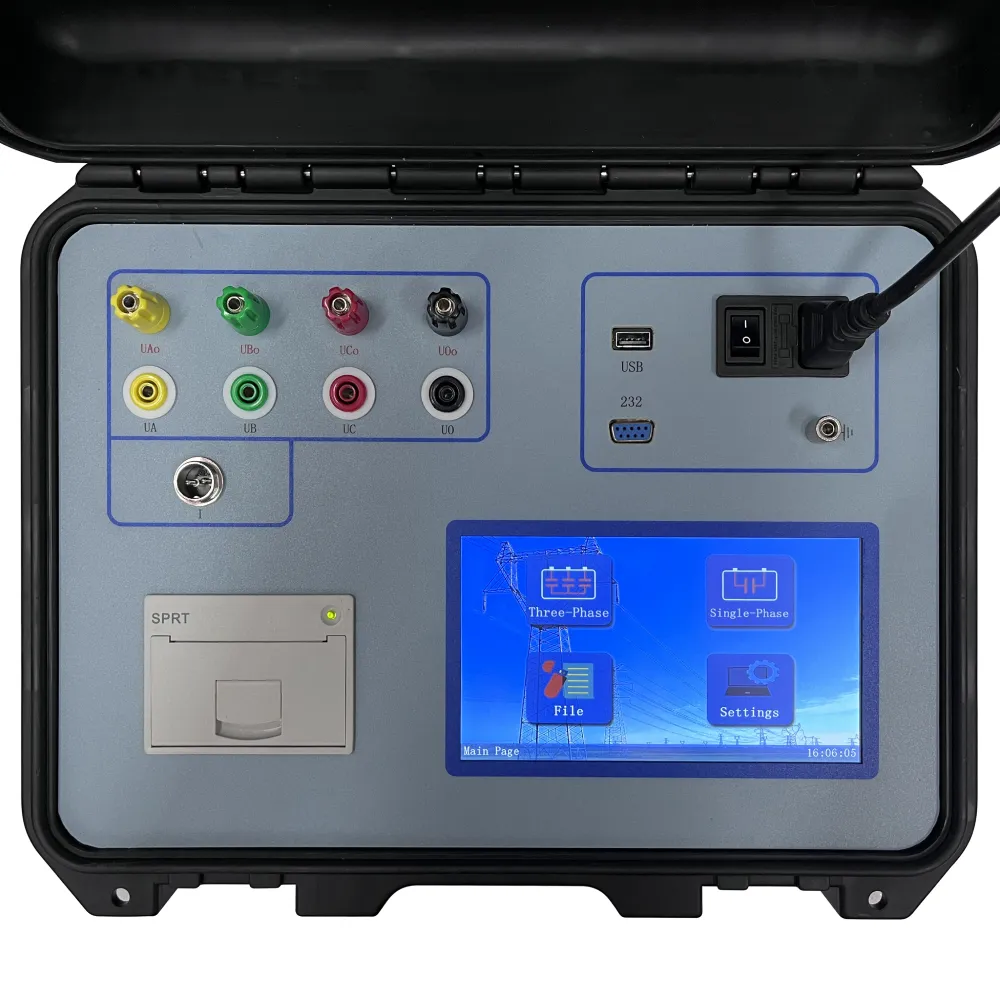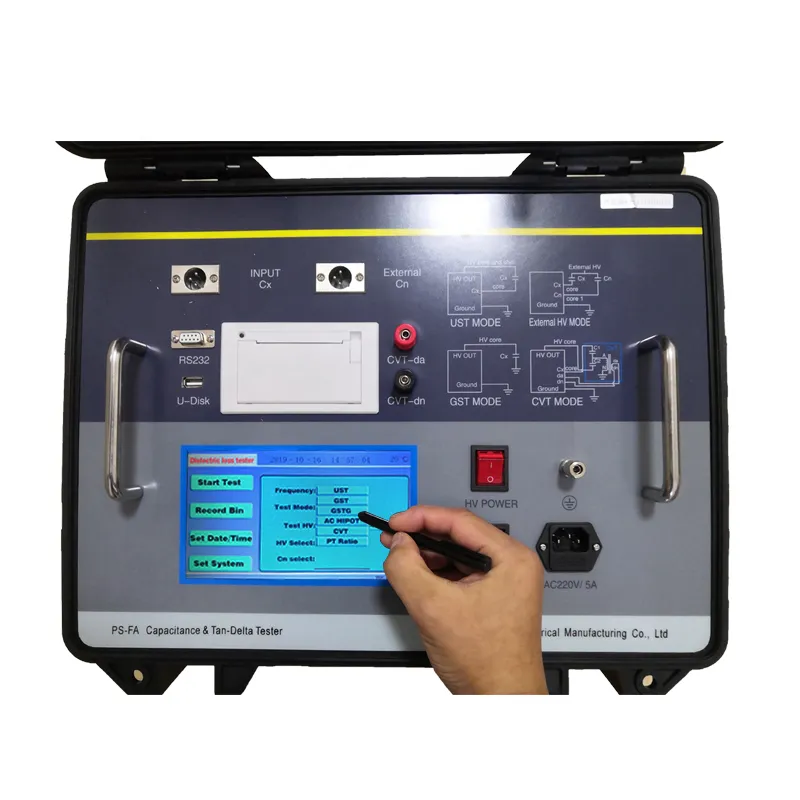TEL:
+86-0312-3189593
 English
English

Telephone:0312-3189593

Email:sales@oil-tester.com

-
 Afrikaans
Afrikaans -
 Albanian
Albanian -
 Amharic
Amharic -
 Arabic
Arabic -
 Armenian
Armenian -
 Azerbaijani
Azerbaijani -
 Basque
Basque -
 Belarusian
Belarusian -
 Bengali
Bengali -
 Bosnian
Bosnian -
 Bulgarian
Bulgarian -
 Catalan
Catalan -
 Cebuano
Cebuano -
 China
China -
 China (Taiwan)
China (Taiwan) -
 Corsican
Corsican -
 Croatian
Croatian -
 Czech
Czech -
 Danish
Danish -
 Dutch
Dutch -
 English
English -
 Esperanto
Esperanto -
 Estonian
Estonian -
 Finnish
Finnish -
 French
French -
 Frisian
Frisian -
 Galician
Galician -
 Georgian
Georgian -
 German
German -
 Greek
Greek -
 Gujarati
Gujarati -
 Haitian Creole
Haitian Creole -
 hausa
hausa -
 hawaiian
hawaiian -
 Hebrew
Hebrew -
 Hindi
Hindi -
 Miao
Miao -
 Hungarian
Hungarian -
 Icelandic
Icelandic -
 igbo
igbo -
 Indonesian
Indonesian -
 irish
irish -
 Italian
Italian -
 Japanese
Japanese -
 Javanese
Javanese -
 Kannada
Kannada -
 kazakh
kazakh -
 Khmer
Khmer -
 Rwandese
Rwandese -
 Korean
Korean -
 Kurdish
Kurdish -
 Kyrgyz
Kyrgyz -
 Lao
Lao -
 Latin
Latin -
 Latvian
Latvian -
 Lithuanian
Lithuanian -
 Luxembourgish
Luxembourgish -
 Macedonian
Macedonian -
 Malgashi
Malgashi -
 Malay
Malay -
 Malayalam
Malayalam -
 Maltese
Maltese -
 Maori
Maori -
 Marathi
Marathi -
 Mongolian
Mongolian -
 Myanmar
Myanmar -
 Nepali
Nepali -
 Norwegian
Norwegian -
 Norwegian
Norwegian -
 Occitan
Occitan -
 Pashto
Pashto -
 Persian
Persian -
 Polish
Polish -
 Portuguese
Portuguese -
 Punjabi
Punjabi -
 Romanian
Romanian -
 Russian
Russian -
 Samoan
Samoan -
 Scottish Gaelic
Scottish Gaelic -
 Serbian
Serbian -
 Sesotho
Sesotho -
 Shona
Shona -
 Sindhi
Sindhi -
 Sinhala
Sinhala -
 Slovak
Slovak -
 Slovenian
Slovenian -
 Somali
Somali -
 Spanish
Spanish -
 Sundanese
Sundanese -
 Swahili
Swahili -
 Swedish
Swedish -
 Tagalog
Tagalog -
 Tajik
Tajik -
 Tamil
Tamil -
 Tatar
Tatar -
 Telugu
Telugu -
 Thai
Thai -
 Turkish
Turkish -
 Turkmen
Turkmen -
 Ukrainian
Ukrainian -
 Urdu
Urdu -
 Uighur
Uighur -
 Uzbek
Uzbek -
 Vietnamese
Vietnamese -
 Welsh
Welsh -
 Bantu
Bantu -
 Yiddish
Yiddish -
 Yoruba
Yoruba -
 Zulu
Zulu
Feb . 03, 2025 03:35
Back to list
dc winding resistance tester
Conducting a current transformer (CT) winding resistance test is a key process in ensuring the efficient operation and longevity of electrical equipment. This test evaluates the electrical integrity of the transformer winding by measuring the resistance of the wire used in winding the CT. As someone with years of experience in testing and maintaining electrical systems, the importance of this test cannot be overstated.
Upon obtaining the results, compare them against the manufacturer's specifications and historical test data. Significant deviations may indicate potential issues that need immediate attention. Regularly conducting this test, ideally as part of a predictive maintenance program, enhances reliability and extends the life of the CT. User testimonials further reinforce the importance of routine winding resistance tests. Experienced electrical engineers often share anecdotes about avoiding costly failures by identifying developing faults early. The consensus is clear incorporating winding resistance testing into regular maintenance protocols significantly increases system reliability. Ensuring that only trained professionals carry out this test improves trust in the process. Their expertise in identifying issues and interpreting results ensures accurate diagnostics and remedial actions. Moreover, proper documentation of test results helps in tracking transformer health and developing predictive maintenance schedules. In conclusion, the CT winding resistance test represents a fundamental aspect of electrical system maintenance. Mastery over this test enhances the reliability of electrical installations, prevents unexpected failures, and contributes to a safe working environment. Whether you're an engineer looking to bolster the efficiency of a facility or a technician committed to best practices in transformer maintenance, integrating this test into your routine maintenance strategy provides substantial benefits.


Upon obtaining the results, compare them against the manufacturer's specifications and historical test data. Significant deviations may indicate potential issues that need immediate attention. Regularly conducting this test, ideally as part of a predictive maintenance program, enhances reliability and extends the life of the CT. User testimonials further reinforce the importance of routine winding resistance tests. Experienced electrical engineers often share anecdotes about avoiding costly failures by identifying developing faults early. The consensus is clear incorporating winding resistance testing into regular maintenance protocols significantly increases system reliability. Ensuring that only trained professionals carry out this test improves trust in the process. Their expertise in identifying issues and interpreting results ensures accurate diagnostics and remedial actions. Moreover, proper documentation of test results helps in tracking transformer health and developing predictive maintenance schedules. In conclusion, the CT winding resistance test represents a fundamental aspect of electrical system maintenance. Mastery over this test enhances the reliability of electrical installations, prevents unexpected failures, and contributes to a safe working environment. Whether you're an engineer looking to bolster the efficiency of a facility or a technician committed to best practices in transformer maintenance, integrating this test into your routine maintenance strategy provides substantial benefits.
Previous:
Next:
Latest news
-
Testing Equipment Industry Sees Major Advancements in 2025: Smart & Precision Technologies Lead the WayNewsJun.06,2025
-
Applications of Direct Current Generators in Renewable Energy SystemsNewsJun.05,2025
-
Hipot Tester Calibration and Accuracy GuidelinesNewsJun.05,2025
-
Digital Circuit Breaker Analyzer Features and BenefitsNewsJun.05,2025
-
Benefits of Real-Time Power Quality Monitoring Devices for Industrial EfficiencyNewsJun.05,2025
-
Earth Fault Loop Testing in High-Rise Building Electrical SystemsNewsJun.05,2025



